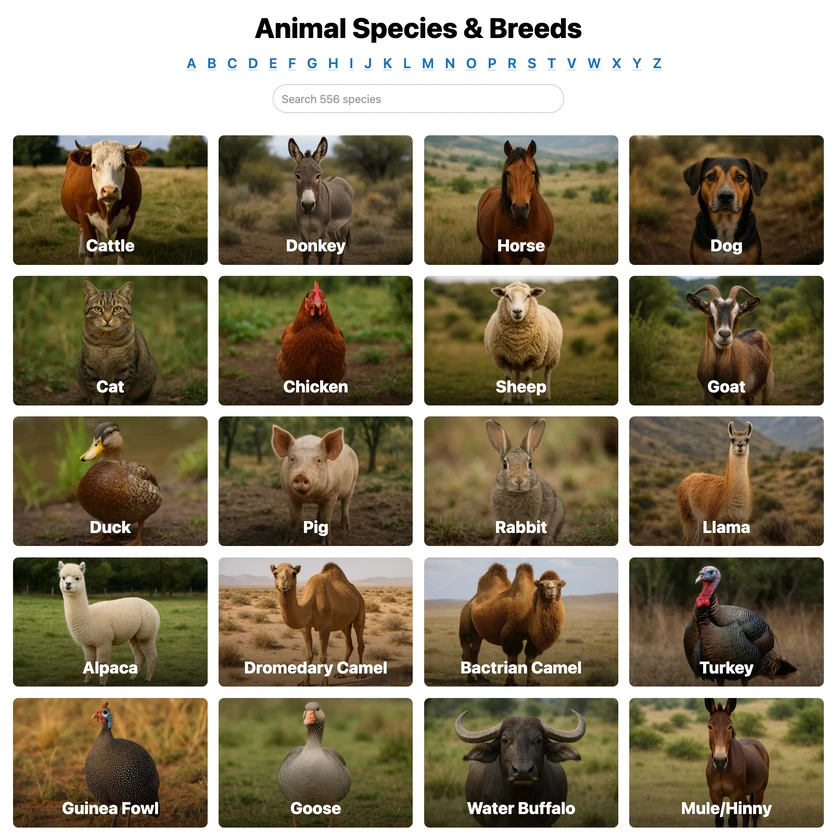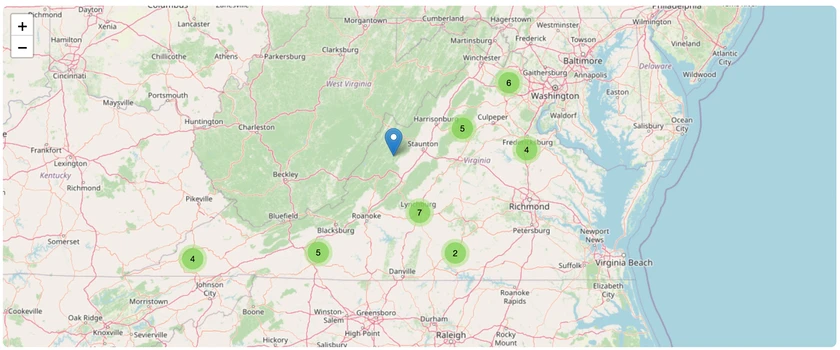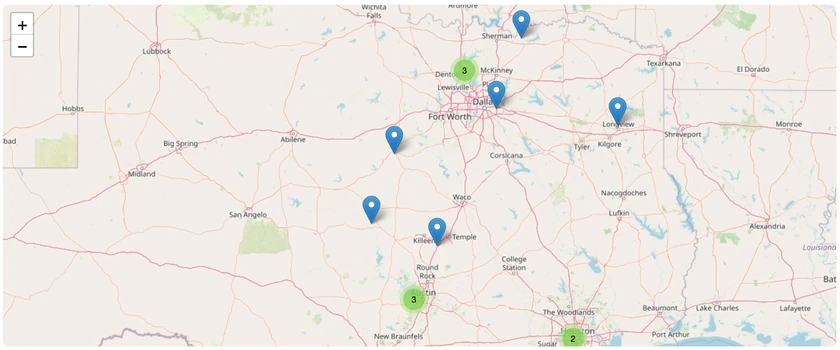
Common Sawfish
Pristis pristis
The Common Sawfish (Pristis pristis) is a fascinating species of ray notable for its unique saw-like snout, known as a rostrum, which is lined with sharp teeth on each side. This elongated and distinctive feature is used for sensing prey and for manipulating food in its riverine and coastal habitats. Common Sawfish are typically found in tropical and subtropical regions worldwide, inhabiting shallow waters, estuaries, and even freshwaters, where they tend to dwell on sandy or muddy bottoms. These fish can reach impressive lengths, sometimes exceeding 6 meters (20 feet), making them one of the largest species of sawfish. Their color ranges from brownish to a yellowish hue on top with a lighter underside, providing them with some camouflage in their natural environments.
Pristis pristis is a critically endangered species, facing numerous threats due to habitat loss, fishing pressures, and bycatch. Their slow reproductive rate exacerbates their vulnerability, as they have long gestation periods and produce few offspring. Conservation efforts are underway to protect these remarkable creatures, focusing on habitat protection and stricter fishing regulations. Despite their formidable appearance, Common Sawfish pose no threat to humans but play a crucial ecological role in maintaining marine and freshwater environments. Their survival is integral to the health of aquatic ecosystems, making them an important focus for conservation initiatives.

 All Species & Breeds
All Species & Breeds
 Highland Cattle
Highland Cattle
 Miniature Donkeys
Miniature Donkeys
 All Species Directory
All Species Directory
 Highland Cattle in Virginia
Highland Cattle in Virginia
 Miniature Donkeys in Texas
Miniature Donkeys in Texas












